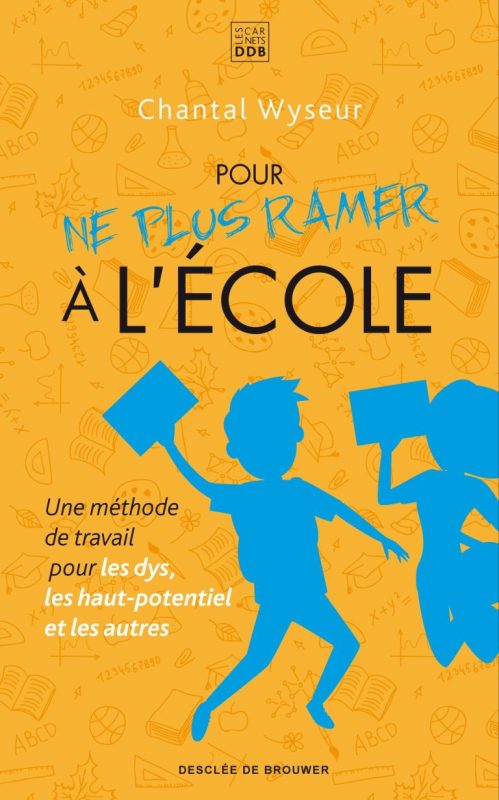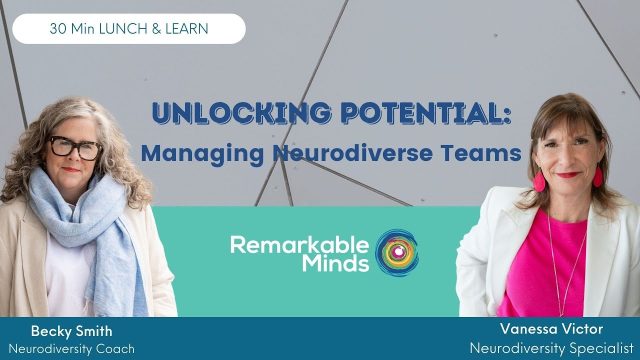An alternative view on learning styles
When we talk about “learning styles”, what we mean is the notion that students learn better when the course content is adapted to their individual way of learning. Pedagogical literature abounds on this subject and places these ways of learning into different categories. The most common model divides students into three groups; visual, auditory and kinesthetic learners. According to this theory, a visual person learns better through exposure to visual content, an auditory person learns better through exposure to auditory content and a kinesthetic learner through exposure to kinesthetic content. However, there is no scientific evidence to support this hypothesis. 1
Personally, I would never have attempted to prove something so simplistic and more than a little absurd. It is obvious that any form of learning sets the whole brain in motion and therefore there will be words, 2D images and even 3D movies in motion for some. Effective teaching must therefore present the knowledge in at least the three aforementioned forms (visual, auditory and kinesthetic). What the 1-2-3 system shows is that some learners, whom I call “film thinkers” 2 need a more “hands-on” approach including manipulation and movement in order to begin their mental work, especially when learning systems like the letters of the alphabet or numbers.
In my latest book, I explain that this work of setting mental work in motion, if the content is for example reading comprehension, can be done simply in the learner’s mind by making the film of what he is reading. Several times a month, I meet students who struggle to understand what they read (6 to 19-year-olds) They arrive loaded down with long and complex logopedic reports which define the root of all their problems but it is often sufficient to ask them to “MAKE THE FILM” of each sentence or to “Set a film in motion!” .This is often all it takes “to heal” them from their strange mental blindness. At this moment these students, all surprised, say, “Oh, that’s why I didn’t understand what I was reading”.
So the great educational specialists from all over the world can say whatever they like, but anyone can try this experience with their child in difficulty, and see that there is a category of people who need to make the film first to be able to understand what they read.
This does not mean, however, that the learning work is all finished at this point. The 1-2-3 system formats the effective mental path of the film thinker who must repeat the process and then see this film on his mental screen. The three main learning styles will then have been activated to strengthen the learning experience.
I would argue that we all use all three styles of learning but not always in the same order.
Ladies and gentlemen, use all three ways of learning, but start with the most concrete example possible and clearly verbalize it. Have your students write and draw. Explain that some people make films, others take pictures. Have your students experiment with this idea. Invite them to use their mental screens if they have them. All their learning channels will have been stimulated
About this book: Pour ne plus ramer à l’école: Une méthode de travail pour les dys, les haut-potentiel et les autres. [Desclée De Brouwer (4 septembre 2019)] ISBN-13 : 978-2220096186
References
- Kirschner, P.A. (2017) stop spreading the learning styles myth. Computer & Education 106:166-171
- Ron Davis, the author of The Gift of Dyslexia, was the first to speak of thinkers in multisensory images (who are in fact films)










